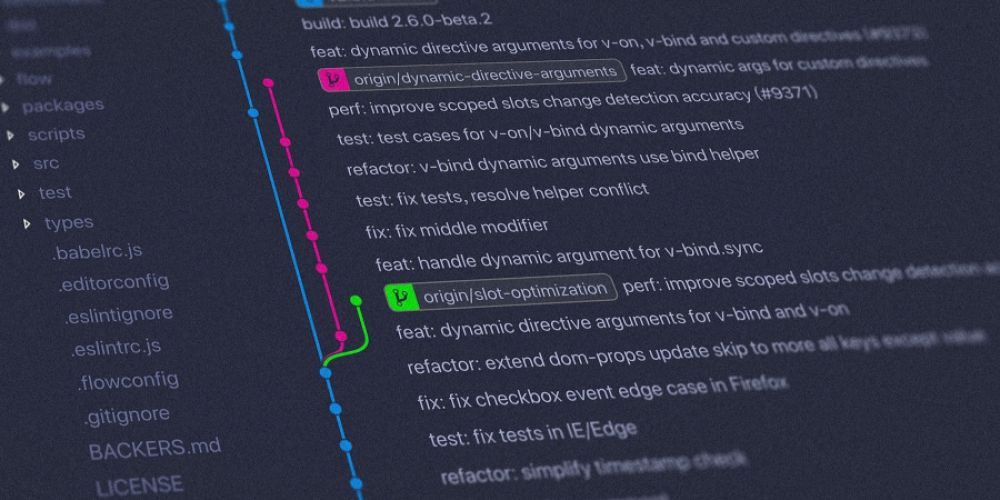
Custom software or out of the box? The 5 reasons why custom could be the answer for your business
BUY OR BUILD?
One of the most important decisions any organization must make when deciding on a given software solution or project is whether they can buy it off the shelf or should be engaging developers to create custom software.
The decision is a complex one, and each approach has advantages and disadvantages that must be carefully weighed by a broad range of stakeholders. Back-end systems that support core business functions must have the features and capacity to accommodate current and future needs,
Similarly, end-user systems must incorporate the ideal set of features to support day-to-day productivity, as well as longer-term flexibility in case new priorities necessitate the addition, removal, or updating of certain features.
Consider asking yourself the following key questions to help make the best possible decision – and ensure you’re putting the right tools in the hands of your employees and stakeholders:
1 – What do your end-users think?
Every organization aims to deploy tools that meet particular business requirements, but rarely do they ask the very people who use them day-to-day whether they’ve hit the mark.
Solicit detailed feedback from key users to determine how they use these tools end-to-end, what frustrates them, and what they’d improve if they could. Focus in on user interface (UI) design, which features they use regularly, and which ones they are forced to skip over because they aren’t required. This can be a significant drag on productivity.
2 – What’s your budget?
You should be able to track all costs around acquiring and maintaining software and digital services. Avoid the temptation to bury these costs in other budgetary line items.
Hold discussions with key stakeholders to ensure they support software investments that reflect the value of the particular functionality to the health of the business. Itemize expenses in both capex – one-time/initial – and opex (ongoing/maintenance) categories and recognize that cheaper-to-acquire out-of-the-box solutions might be more expensive in the long run.
3 – What’s your plan as your needs change?
Does the software you’re currently using – or planning to implement – allow easy updates to workflows, features, and reports to keep up with changing business needs? Who do you work with when changes have to be implemented? Are they skilled, available, and responsive to your organization’s ongoing needs?
The bottom line question you want to ask here is: Is this solution scalable?
4 – Does it need to play nice with other software?
Pre-packaged software may not always be fully compatible with other packages or platforms already in use within your organization – or by vendors, partners, and other stakeholders. It may include features and compatibilities that are irrelevant to current and projected requirements – and are thus, frankly, a waste of money and energy – or it may require heroic reconfiguration to interoperate with other critical business systems.
Bear in mind that the more significant the rework, the greater the risk of product instability.
5 – Does it represent best-of-breed in your sector?
Different businesses have different needs, but not all prepackaged software or services reflect this. Tweaking an off-the-shelf solution to, for example, closely reflect the needs of an agricultural firm may not be possible. Or perhaps it is, but it will take so much programming effort that the resulting solution won’t be optimal, or flexible enough to accommodate future growth. An out-of-the-box solution may not necessarily be flexible enough to accommodate the unique requirements of your particular sector.
What have other players in your sector done when facing their own custom-build-or-buy decision? The answers may surprise you.
ONE SIZE DOES NOT FIT ALL
Keep in mind that every business scenario is different, and what makes sense for another organization may not be optimal for yours. That said, organizations of any size in any sector can’t afford to enter into software procurement decisions lightly, and the build-vs.-buy decision can significantly influence future business success – if, of course, it’s made with care.
So, ask the questions that need to be asked, engage the stakeholders at all levels of the organization who will be both using and benefitting from the chosen solution, and look beyond initial acquisition costs toward total cost of ownership (TCO) over the lifetime of the solution. And don’t forget to consider the often-difficult-to-quantify costs – including time, productivity, end-user satisfaction – as you work through the decision making process.
This is what we do here at STEP Software, and our industry-leading software development experts would be happy to answer any questions you may have around this critical business decision. Click here to connect with us.


